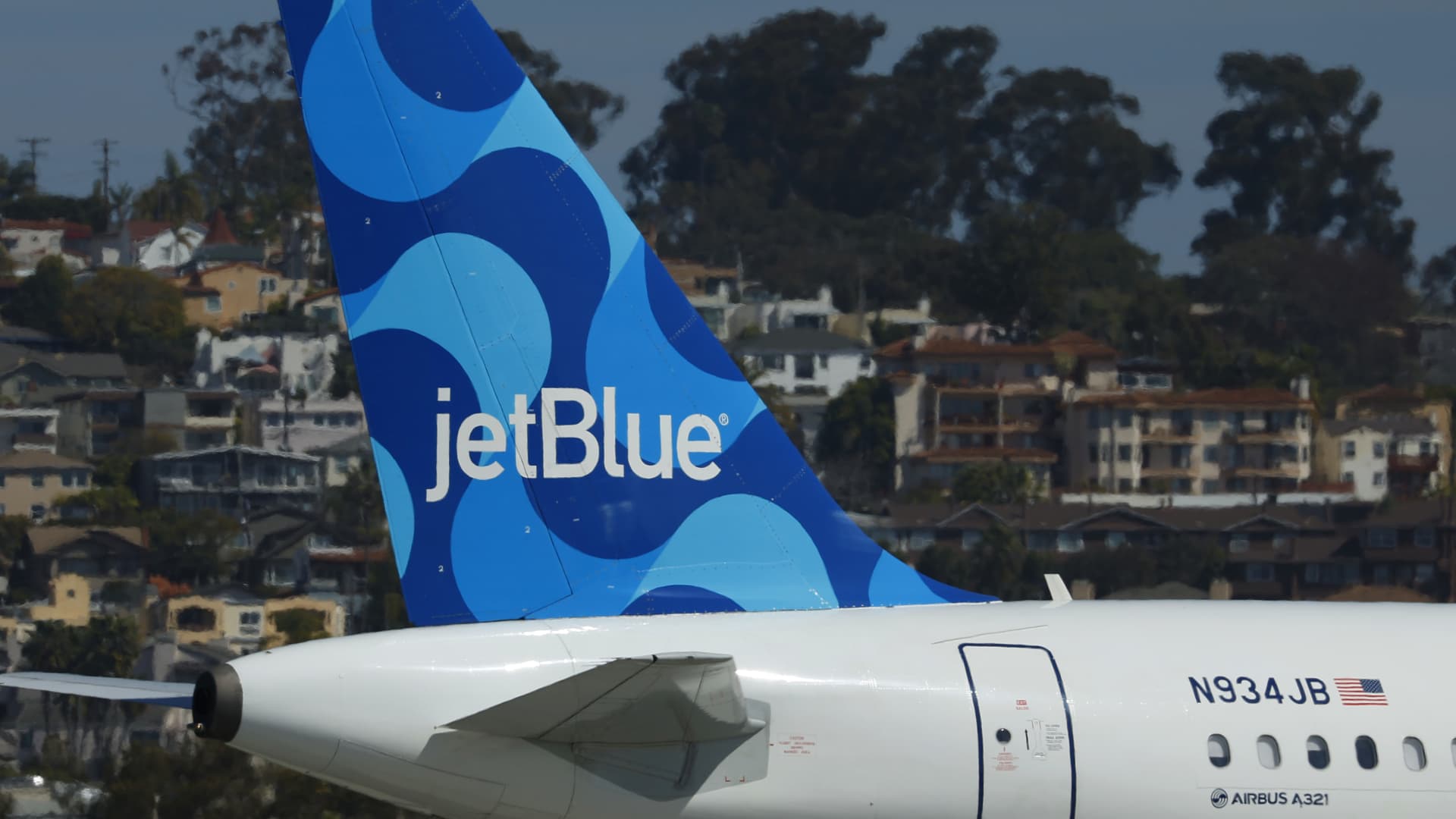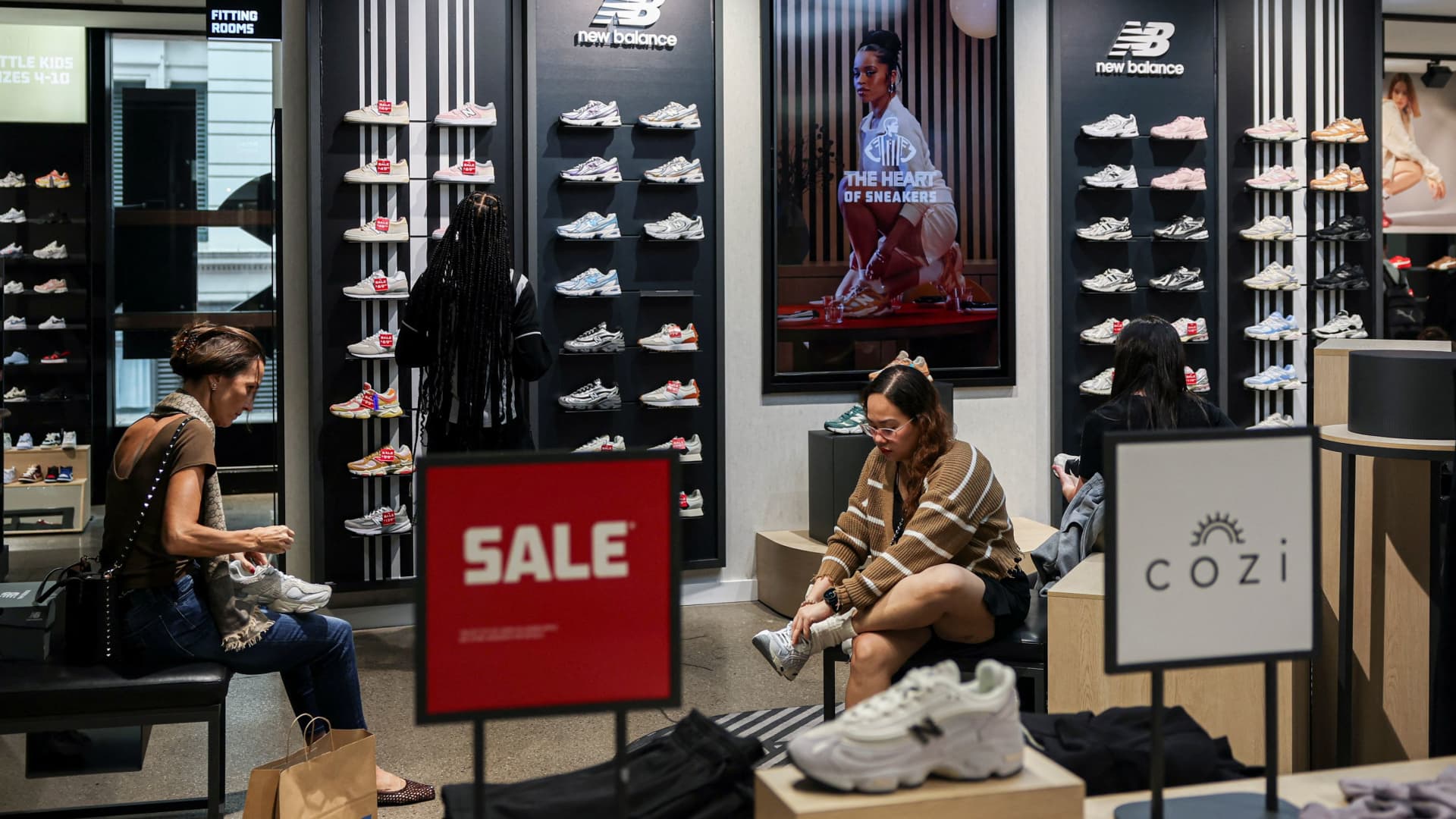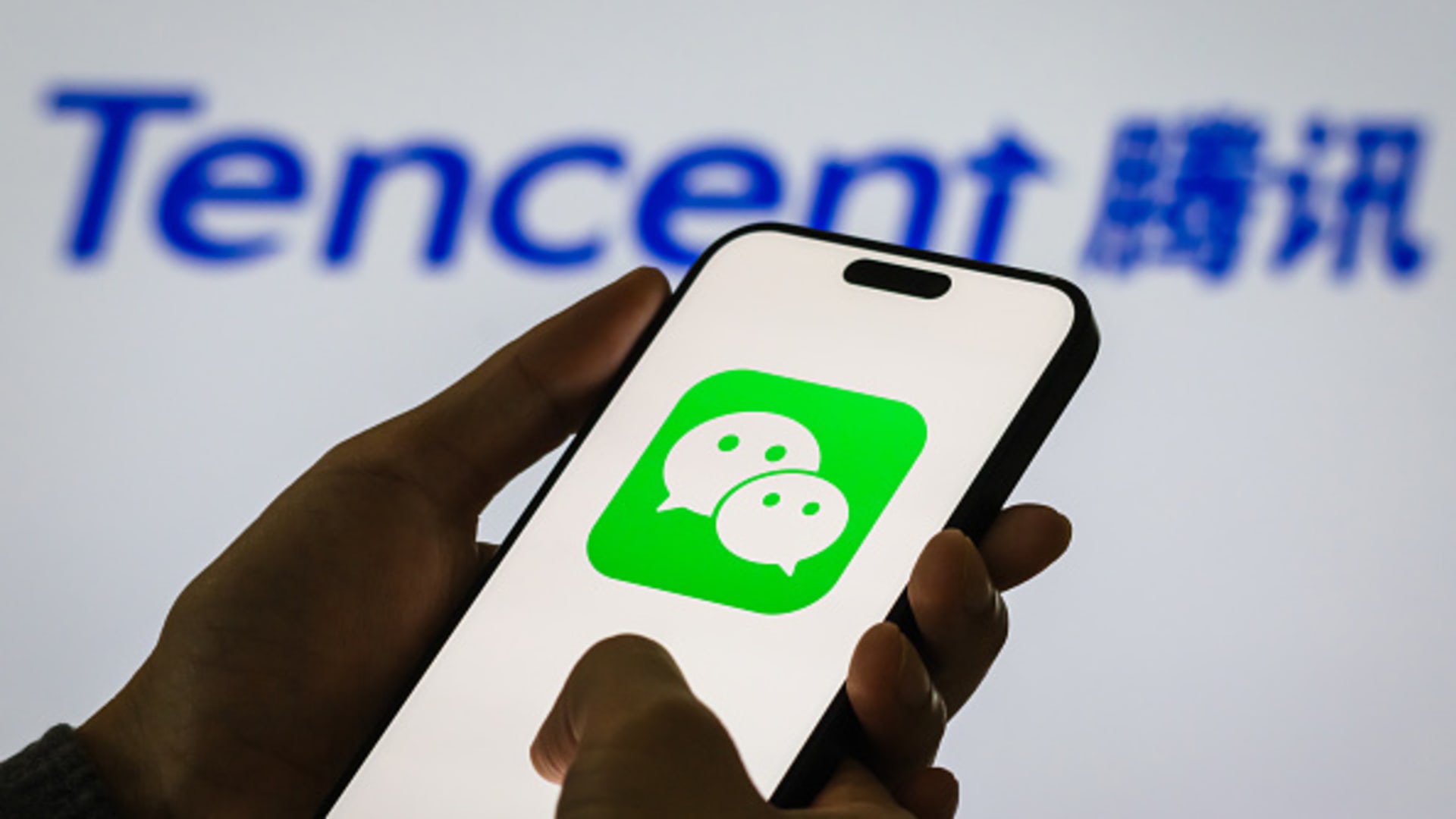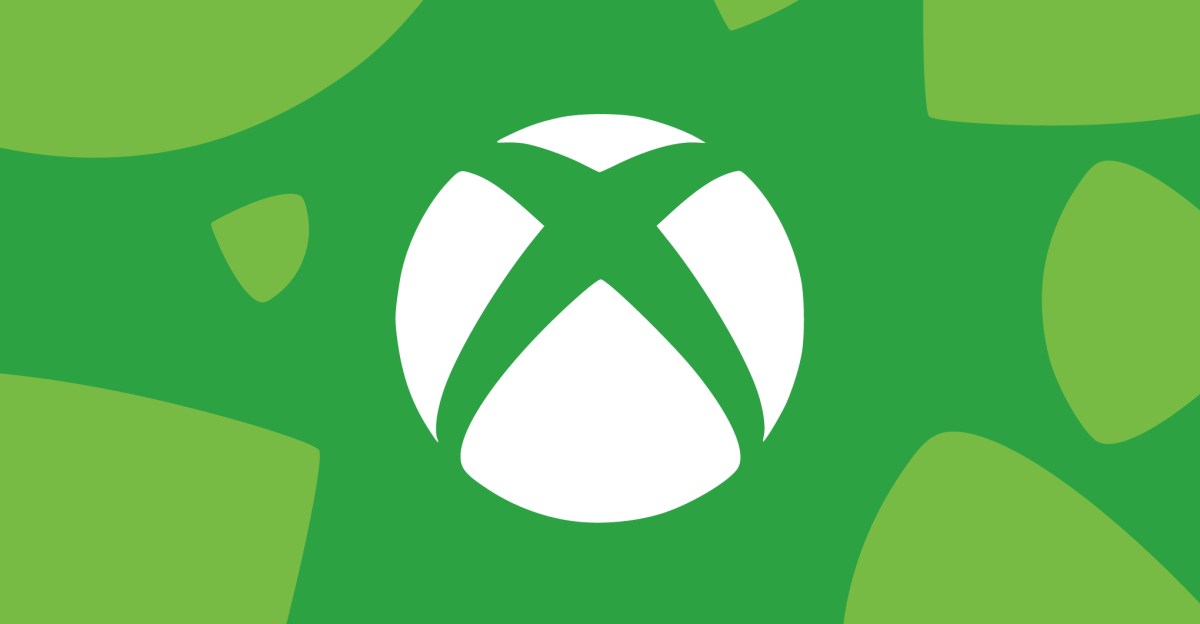Benji Stawski / CNBC
The bank on Tuesday unveiled an update to its premium credit card, which will now carry a $795 annual fee. That is a 45% jump from its previous level and the card issuer’s largest price increase for the Sapphire since its 2016 launch.
But JPMorgan says users will now get more than $2,700 in annual benefits when the updated card launches on Monday. That includes most of its previous benefits, along with new ones tied to how customers earn and spend points on travel and dining.
For instance, the bank is touting a new redemption program that doubles the value of points used for select travel offers and a new $500 annual credit at its collection of hotels and resorts.
There is also a new $300 dining credit at restaurants that are part of the Sapphire Reserve Exclusive Tables network, a $300 credit for purchases at StubHub or Viagogo, and free subscriptions to Apple TV+ and Apple Music, worth $250 per year, JPMorgan said.
Customers who spend at least $75,000 annually on their cards unlock other perks, including top-tier status at Southwest Airlines and IHG Hotels and Resorts.
JPMorgan also introduced a new Sapphire Reserve business card with a $795 annual fee and similar perks as the consumer card, along with credits for ZipRecruiter and Google Workspace. That positions the bank squarely against American Express, which has had a business version of its comparable Platinum card for decades.
Upscale ambitions
JPMorgan, the biggest U.S. bank by assets, shook up the card industry with the launch of the Sapphire Reserve almost a decade ago. The bank cribbed from a playbook established by AmEx by bundling perks around travel and dining, and later opened its own network of luxurious airport lounges.
But JPMorgan introduced its premium card with signing bonuses and credits that almost made getting one a financial no-brainer, forcing other issuers to boost their card offers in response.
Now, with JPMorgan heading upmarket with the Sapphire Reserve, the bank is at risk of alienating customers who may opt to downgrade to a Sapphire Preferred card or offerings from AmEx or Capital One, said senior Bankrate analyst Ted Rossman.
“When the Sapphire Reserve first came out, it was a solid middle-class play that offered champagne travel on a beer budget,” Rossman said. “These premium cards are going more luxury, and I wonder if the $800 fees are becoming too much for some to stomach.”
That could be by design, according to Rossman. AmEx and Capital One have had to rein in access to airport lounges because of overcrowding, and some users have complained that their premium cards no longer feel as special.
Whether cards like the Sapphire Reserve still make sense at $795 in annual fees depends on if customers will take advantage of enough of the new perks, Rossman said.
Chase Sapphire Reserve cards.
Courtesy: JP Morgan Chase
Later this year, AmEx will introduce updates to its Platinum cards, which currently have a $695 annual fee. AmEx will likely also raise its annual fee while adding more perks, Rossman said.
“These high-rate cards are not for everyone, that’s for sure,” said KBW analyst Sanjay Sakhrani.
But AmEx and JPMorgan have pursued a subscription-type business model where an ever-rising level of perks make a compelling value proposition for certain customers, he said.
“They feel that it creates a flywheel around keeping people engaged and spending in the system,” Sakhrani said. “Even at $800 in annual fees, I don’t think just anyone can provide the breadth of perks that you get on those cards.”
















Leave a Reply